
A Beginner's Guide to Growing and Caring for Anthurium Plants
Here's a little-known fact: those lovely heart-shaped "flowers" are fake! Inform everyone! Spathes, which are waxy leaves that erupt from the base of the fleshy spike where the real small flowers develop, make these hardy, low-maintenance houseplants quite attractive.
They are also known as flamingo flowers because of their distinctive tropical form and vivid red, green, and white colours. Because they can bloom continuously for extended periods, they make lovely interior plants all year round. With their glossy, dark leaves and stunning spathes, anthurium plants give any space a tropical feel.
Yet these plants offer more than just that. Red anthuriums are widespread, but you may also find white, pink, and even plants with hints of burgundy, green, and yellow. Anthuriums have many uses and advantages for any indoor grower, including improved air quality, reduced stress, increased productivity and propagation.
The enormous, heart-shaped spathes give vibrant colour to indoor environments, and the blooms can persist for several months. This tropical plant, also known as the flamingo flower, makes a great houseplant and thrives in a location with bright, indirect light.
The magnificent crimson anthurium from ChhajedGarden gives your home a touch of grandeur. With the shiny, high-quality colourful pots, it does create a wonderful atmosphere in your home.
These houseplants are epiphytes, a kind of air plant native to warm, tropical climates that can grow on other plant's surfaces and in humus that is rich in organic matter. The anthurium has specific care requirements to thrive, just like most plants do. It could take some trial and error, but having this lovely plant in your home will be worthwhile. So how do you take care of an indoor anthurium plant?
Types
The most popular anthurium plant has red flowers, but there are also anthurium variants with blooms that open in pink, orange, white, purple, and black hues. The market offers a wide variety of anthurium species.
Anthurium andreanum
Andreanum has heart-shaped leaves that reach a height of just over 1 foot and produces red, white, pink, and variegated flowers.
Anthurium scherzerianum
The most adaptable anthurium is A. scherzerianum, a common species with arrow-shaped leaves and a curving orange flower spike.
Anthurium clarinervium
Deep green leaves in the shape of a heart with white veins are visible upon Anthurium clarinervium
Anthurium regale
This plant has 3-foot-long, large green leaves with striking white veins.
Care
The care requirements for anthuriums are low-maintenance, regardless of how they may appear. They originate from warm, humid regions of the earth, so if you can mimic such conditions, they'll flourish.
Only during the winter or in plants that have undergone proper acclimatisation do anthurium plants prefer exposure to direct sunshine; otherwise, they enjoy the indirect light that this type of lighting provides. Mostly wild anthuriums thrive in temperatures of 60 degrees Fahrenheit or above, and the leaf varieties like it even warmer. The plant will suffer if temps fall below this mark. Anthuriums are only problematic because they are harmful to humans, especially youngsters, as well as pets. Its attractive leaves are deadly if eaten, and their sap can irritate your skin and eyes.
Follow these guidelines to take care of an anthurium. This article will explain how to water an anthurium and what kind of light, temperature, humidity, and other maintenance it could require to flourish.
Light
Since direct sunlight would burn the foliage and flowers of flowering anthurium, bright, indirect light is required. Low light will inhibit growth, mute the colour, and result in fewer, more modest "flowers." A location where your anthuriums will get at least 6 hours per day of bright indirect sunshine is ideal.
Water
The soil must always remain somewhat damp and must never fully dry up. Place the pot on a tray filled with water and rocks or gravel. When the top few inches of soil feel dry, water vigorously, stopping when water begins to drain from the drainage holes. Avoid overwatering since anthurium roots can rot. Your anthurium will require more water as it receives more light and warmth, so check the soil for dryness every few days. Pay attention since these plants will show signs of stress or thirst: thirsty plants will be light to lift and will have droopy or puckering leaves. While the plant is not actively developing in the winter, you won't need to water it as frequently.
Temperature
The highest possibilities for success come from simulating the tropical circumstances that are natural to all anthurium species. Temperatures between 65 and 85 degrees Fahrenheit and high humidity are ideal for this plant.
Humidity
Although flowering anthuriums can endure more dryness, most anthuriums prefer humidity. Consider using a humidifier to boost the humidity level to at least 60% if it is less than 50%. You can gently raise the humidity around your plants by placing them in groups and filling little trays with pebbles and water. Find out how to adjust the humidity level for your houseplants!
Fertilizer
If you want to take good care of an anthurium houseplant, you'll need to apply fertiliser, especially if you want your plant to have an attractive floral display. The seasons of spring and summer, when these plants are actively growing, are the optimum times of year to feed them. Fall and winter are the best seasons to stop feeding plants so they can rest. From spring through early fall, feed your anthurium once a month with a houseplant fertiliser that contains the most phosphorus (the middle number on the fertiliser label). Apply the fertiliser according to the directions on the label.
Pruning
A plant will exert its energy to revive any wilting or dead leaves. By removing the browning leaves, you can encourage your plant to concentrate its energy on developing new leaves and blossoms. If they are difficult to pluck, clip them with sterile hand pruners. Cut off wilted flowers at the base to get rid of them. Only prolong the life of faded blossoms if you want the plant to set seed. Devote some time to tame your plant; remove any stray leaves or shoots that give it an unbalanced appearance. Leave at least three or four leaves; don't remove too many.
Propagation
As anthuriums are ready to propagate, they signal this by sending out "air roots." The fleshy roots of anthuriums resemble knobby or tuberous growths. They'll start to emerge from a stem above the soil line in the pot. Any time of year, this can occur. Here is how to propagate from stem or air root cuttings:
A clean container, new, well-draining soil, pruners or a sharp, sterilised knife are all necessary. If you want to boost the success of your rooting, you could apply the rooting hormone.
Cut out the air roots with a sterile, sharp object, or choose a stem at least 6 inches long and has two to three sets of leaves. If you desire, dip the cut end of the branch in the rooting hormone.
Put the cut end of the stem or the air root in fresh potting soil. Keep the soil moist by giving it plenty of water. Place the pot in a warm area with filtered light. After four to six weeks, you shouldn't notice any new growth.
How to Grow an Anthurium From Seed
Anthurium can also be grown from seed, but it might take up to four years to produce blossoms, which may deter individuals from hoping for a vibrant plant. Damp vermiculite is the finest planting medium for this seed. In the vermiculite, distribute the seeds an inch apart and lightly press. To speed up germination, cover the plant with a clear plastic bag. Although not in direct sunlight, place the plant close to a window. The plant needs to breathe, so if the water begins to bead inside the plastic, open one side and let some air inside. After you see new growth, remove the plastic cover.
Toxicity
Anthurium is undoubtedly poisonous. You will feel a sharp burning sensation in your mouth if you eat it. Blisters and swelling inside of your mouth are possible side effects. Your voice may sound hoarse, and you might have problems swallowing. All parts of the anthurium plant, including the sap, contain calcium oxalate crystals. These crystals irritate the skin and are hazardous when consumed.
Benefits
Anthuriums are more than just attractive. The benefits of anthuriums are numerous and well-documented. With their gorgeous crimson blossoms and lush green foliage, they offer an opulent grandeur. Without a doubt, we all enjoy seeing this exotic beauty in our area.
- Feng Shui
- For Feng Shui, red anthuriums are beneficial. These plants are said to be lucky. They stand for affection and partnerships as well. These are well-liked Valentine's Day presents. They also have heart-shaped red bracts.
- Excellent Present
- Anthurium plants feature lovely foliage and blooms that endure a long time. The Flamingo Flower and Anthurium scherzerianum are two low-cost species. The leaves and flowers have heart shapes to represent friendship and love. Together, these traits make these houseplants excellent gifts.
- Low Maintenance
- One advantage of anthurium plants is that, given the appropriate conditions for growth, they are minimal maintenance and simple to maintain. As they grow slowly, they only need repotting every two to three years and little feeding.
- Anthurium is one plant that can even increase output. Studies show that people who work near plants are 15% more productive.
- The decorative value of anthurium plants is one of its key advantages. Anthurium plants have aesthetic value and lend a tropical atmosphere to any setting. All year round, their foliage is glossy, deep green, and has gorgeous, rounded margins.
- These waxy, heart-shaped flowers adorn the area with colour and shine. Anthuriums can eliminate odour-causing airborne substances from your home. Anthuriums are an excellent choice if you're looking for a safer and more environmentally friendly air freshener.
- These are among the finest houseplants for air purification. These are a wonderful gift for a workplace because their enormous, dark leaves absorb ammonia, formaldehyde, toluene, and xylene (especially around copiers, printers or adhesives). Anthurium plants frequently bloom numerous times a year for several weeks, which is another advantage.
Pests
Mealybugs, spider mites, whiteflies, and scale, which typically infest most houseplants, can attack these plants. 3 Over time, aphids cause speckled, deformed leaves. You probably have an aphid infestation if you also notice an ant track on your plants. Ants consume the aphid's sticky excrement.
Spider mites may be the cause of yellow stippling on leaves. Mealybugs and thrips both generate mottled leaves and eat fresh development. If the insects are present on the plant, they will eventually wilt, become limp, stop producing new growth, and eventually die.
Horticultural soap or oil sprays, which are all-natural and don't hurt the plant, may work on obstinate insects. Horticultural oils and soaps are effective treatments for these pests.
Typical Issues with Anthurium
Although this plant has unique requirements, if you find its sweet spot and establish a pattern, anthurium is a simple plant to maintain.
Yellowing Leaf
The leaves of anthuriums may turn yellow if they receive too much direct sunshine. Brown and bleached tips can show that it is getting too much light. Reposition the plant a bit farther from the window. Furthermore, bacterial wilt can cause yellowing leaves. It can convert the yellow to the bronze colour of stems and leaves.
Brown leaf tips versus yellow leaf tips:
Brown leaf tips are caused by underwatering or low humidity, whilst yellow leaf tips are more frequently caused by overwatering the anthurium.
Flopping Leaves
A fungus known as rhizoctonia can colonise lower stems and roots.
The absence of fertiliser or insufficient light will lead to few blossoms and weak, straggly leaves. As the leaves "stretch" towards the sunlight, you also observe that they are getting thinner. Place your plant in a more lit area, keeping it out of direct sunlight. If you determine that your plant receives adequate light, you should consider feeding it because it might have used up all the nutrients in the potting soil and require a little extra help to promote flowers.
FAQ’s
Are anthuriums simple to maintain?
Anthurium plants grow best indoors, and while caring for them might be challenging at first, the stunning flowers make it worthwhile.
What is the growth rate of anthurium?
They can grow up to 2 feet long in a single growing season and have slow to moderate growth rates.
Can anthurium be grown inside?
Anthurium needs to remain and cared for indoors because it can't resist temperatures much lower than 60 degrees Fahrenheit.

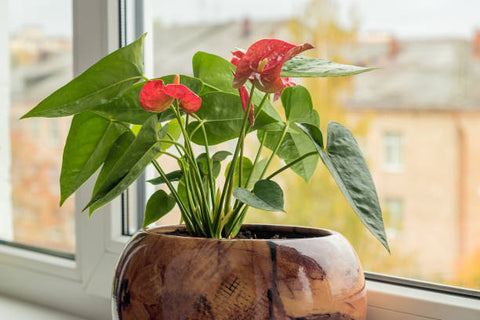

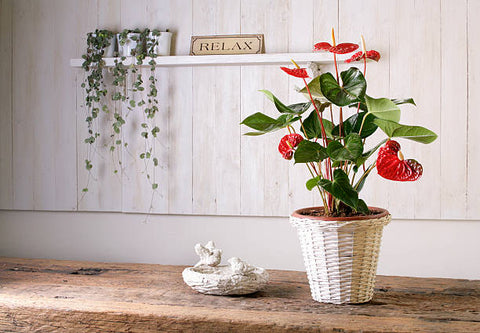
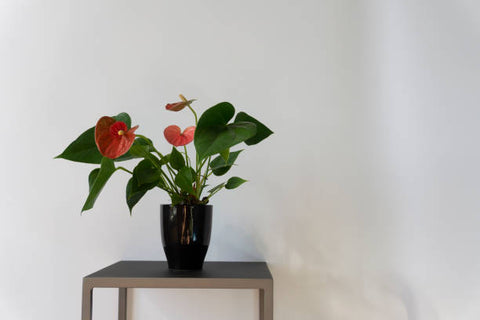
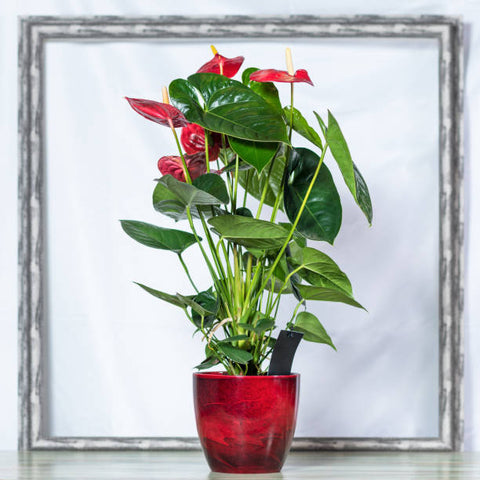
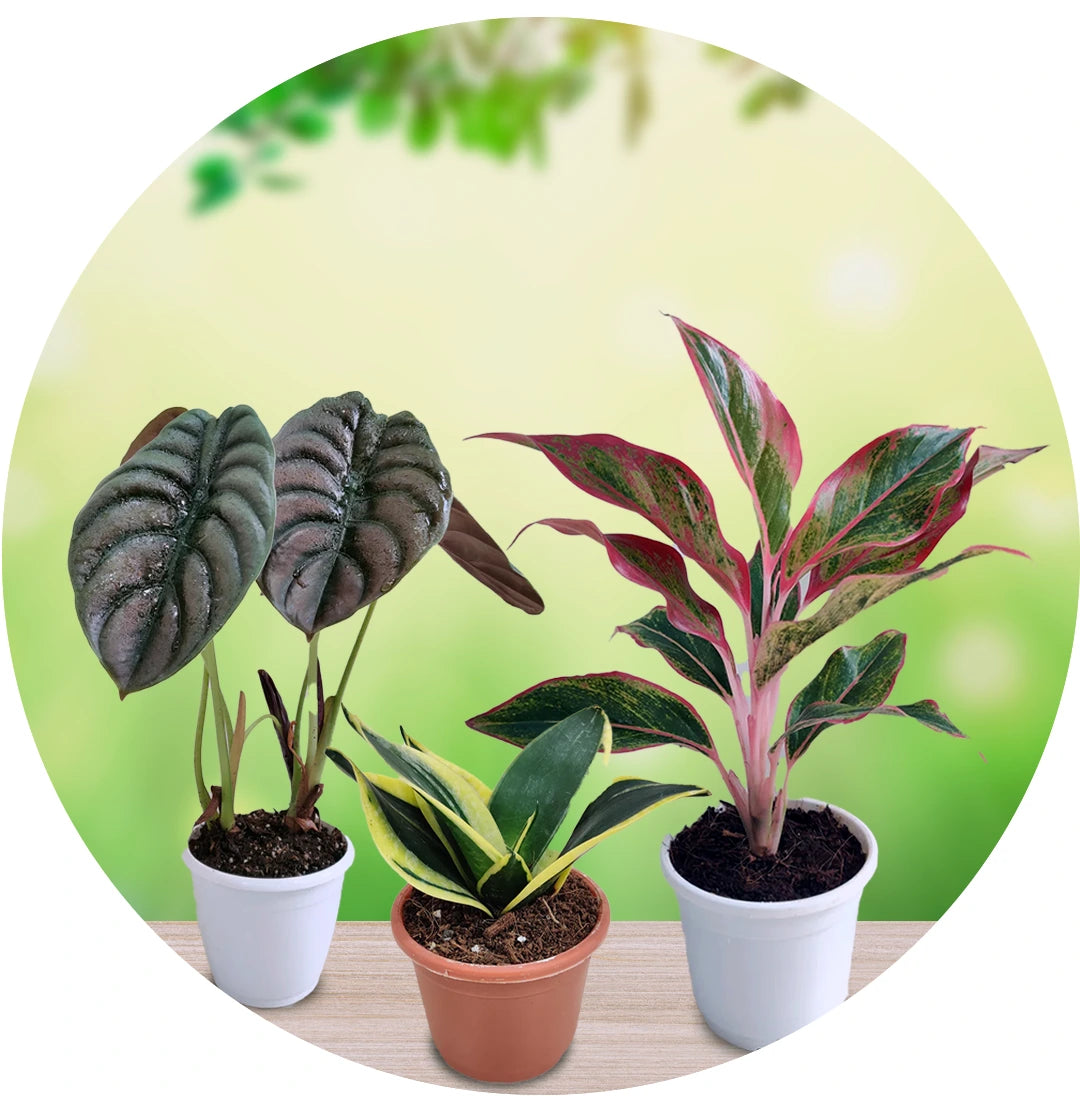
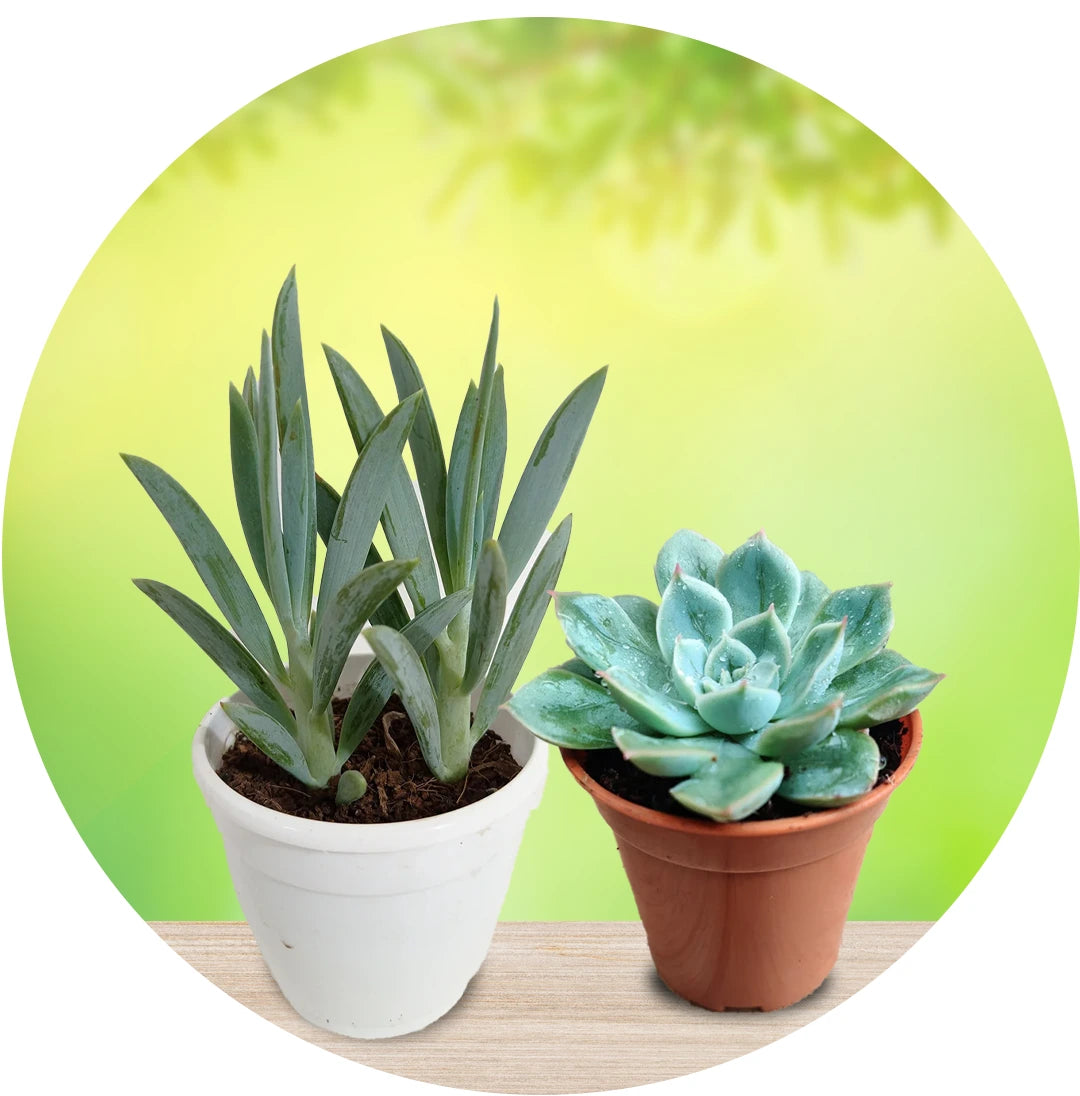
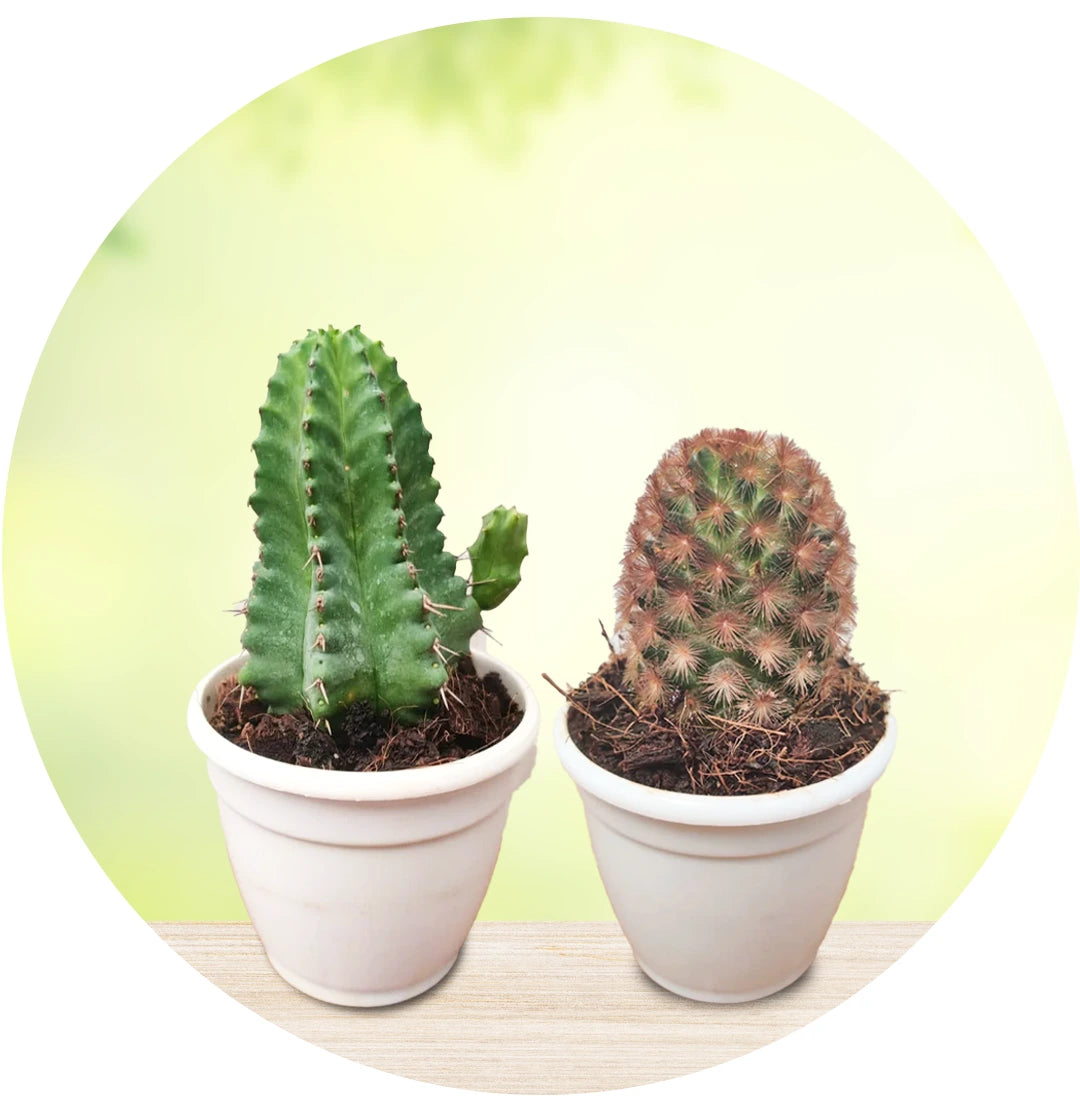
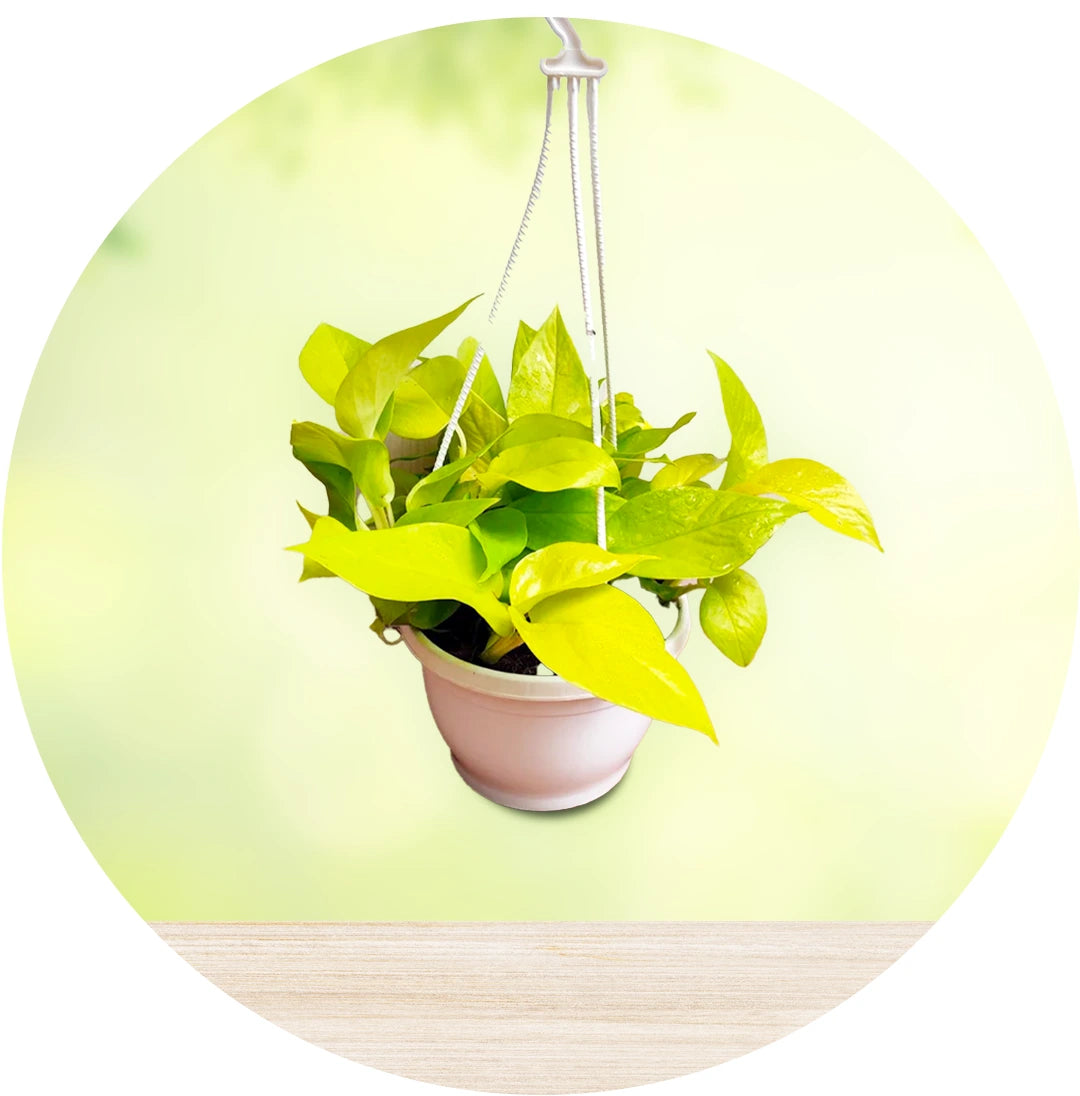
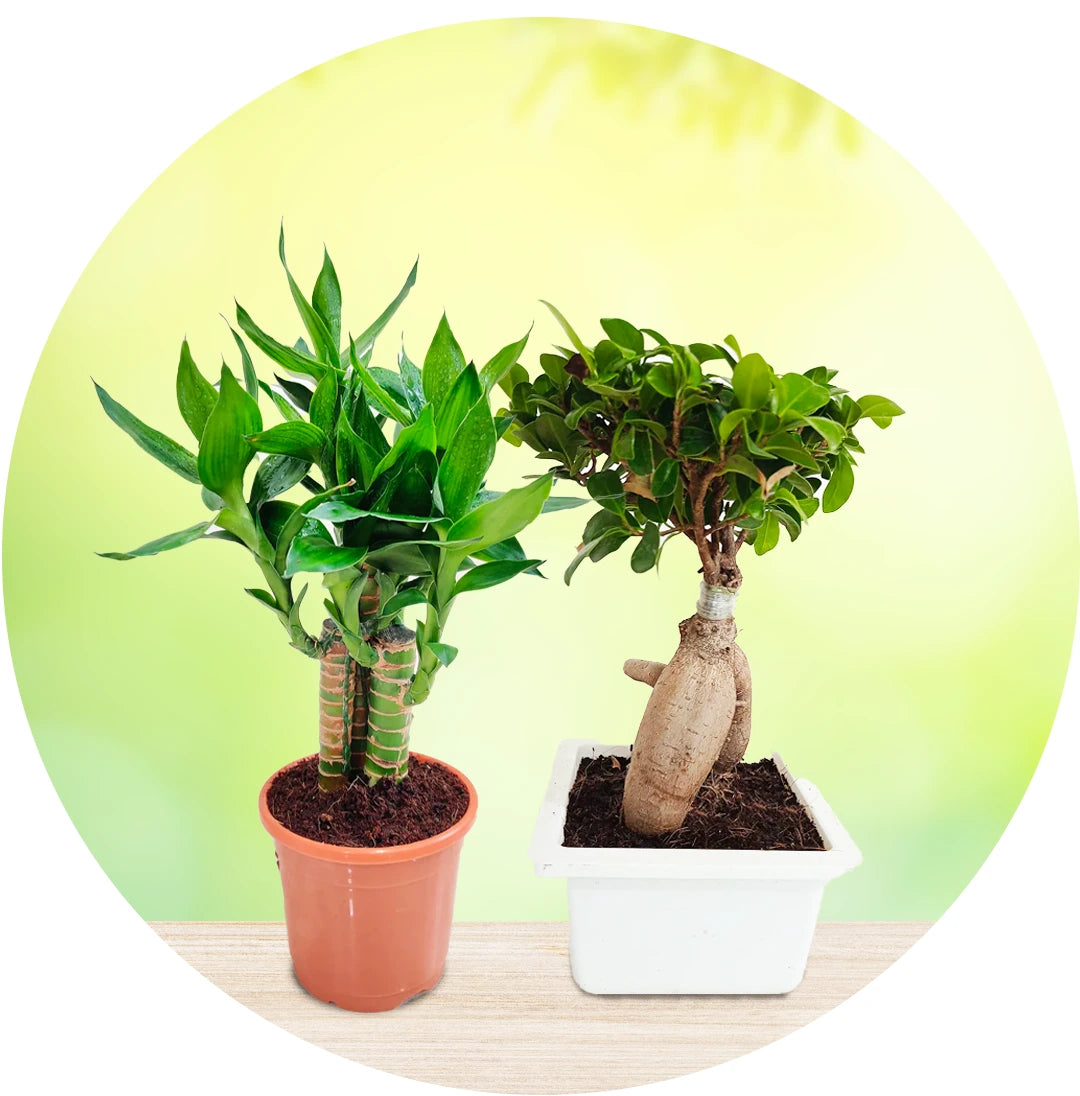
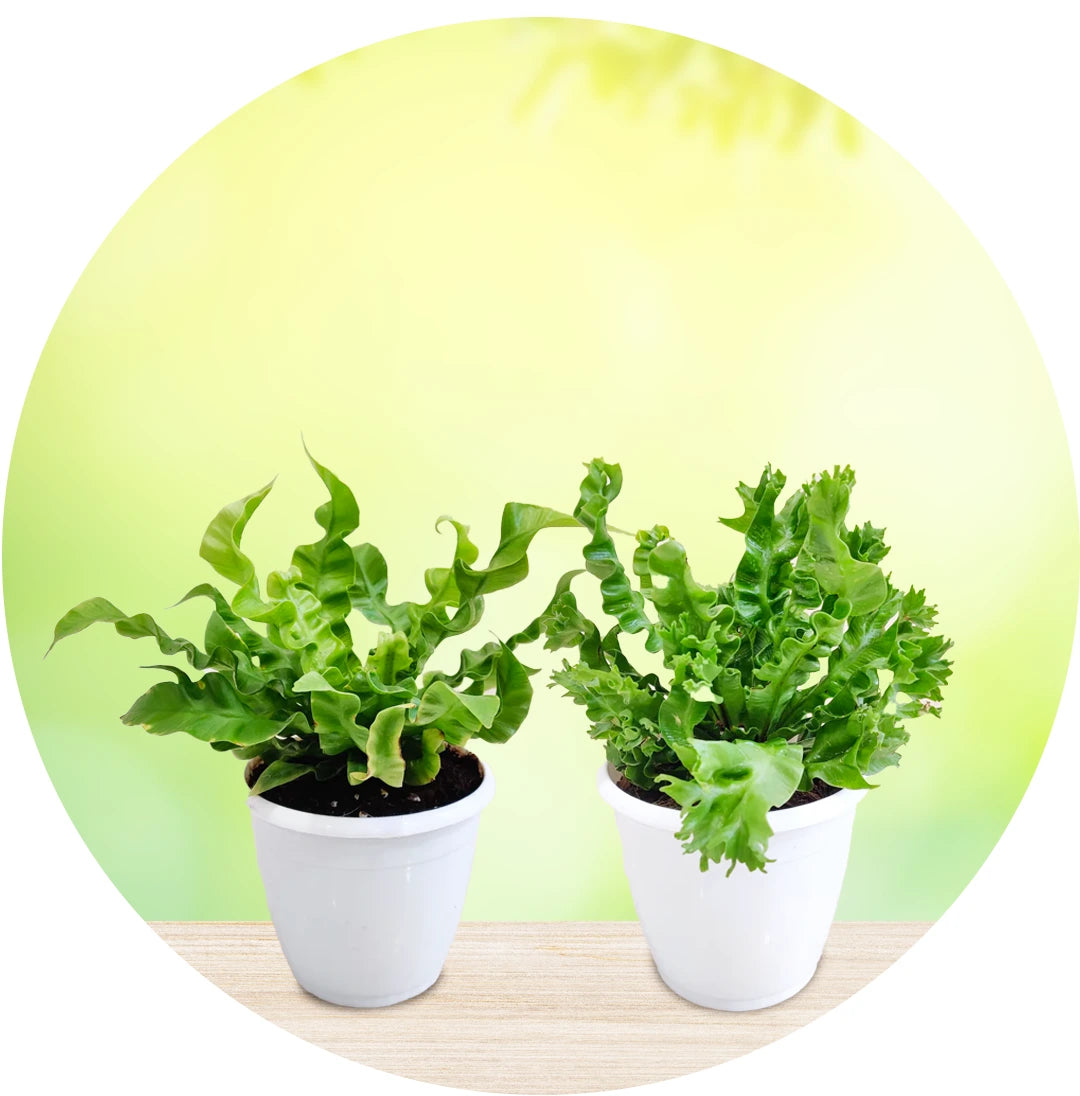
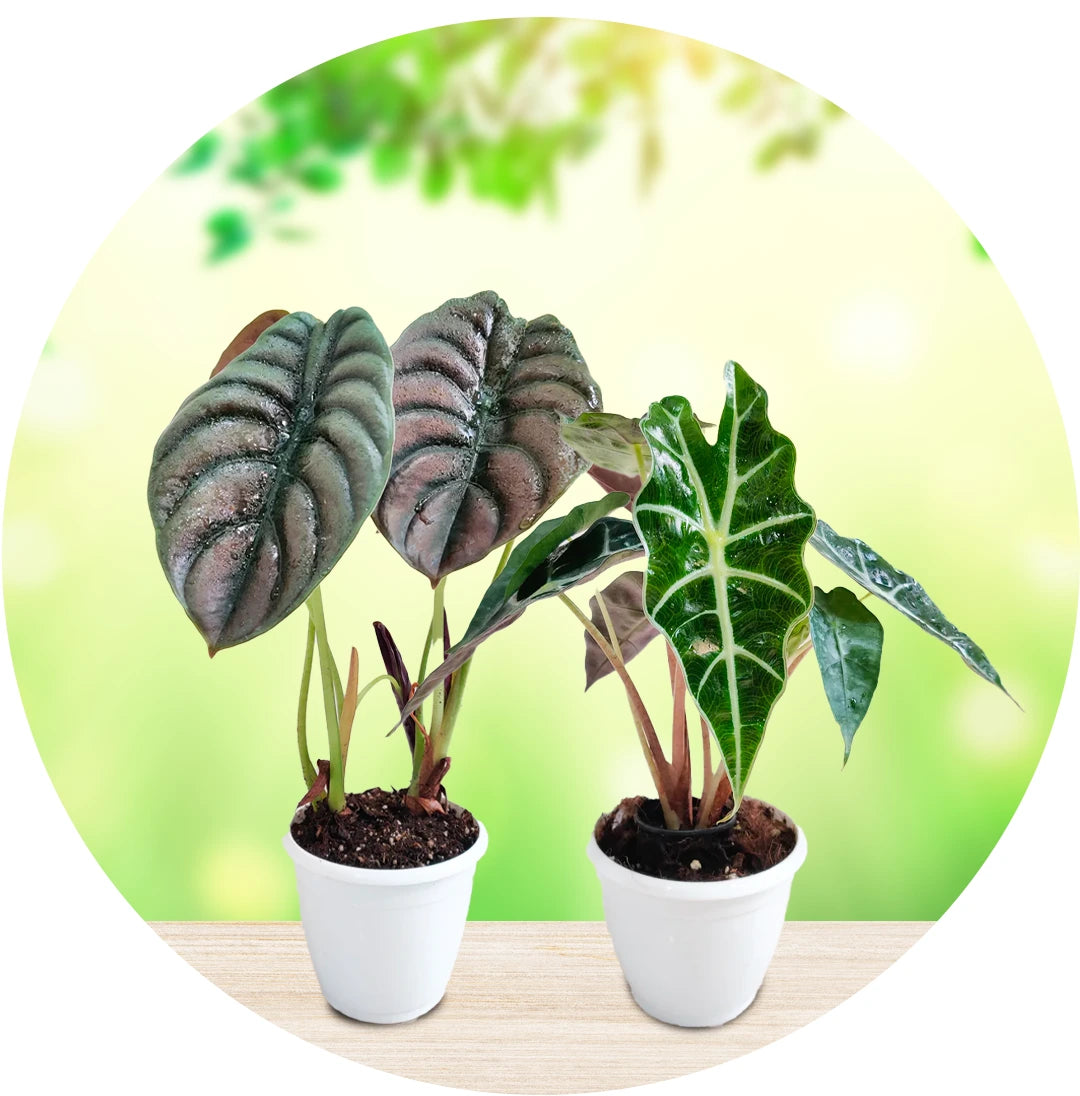
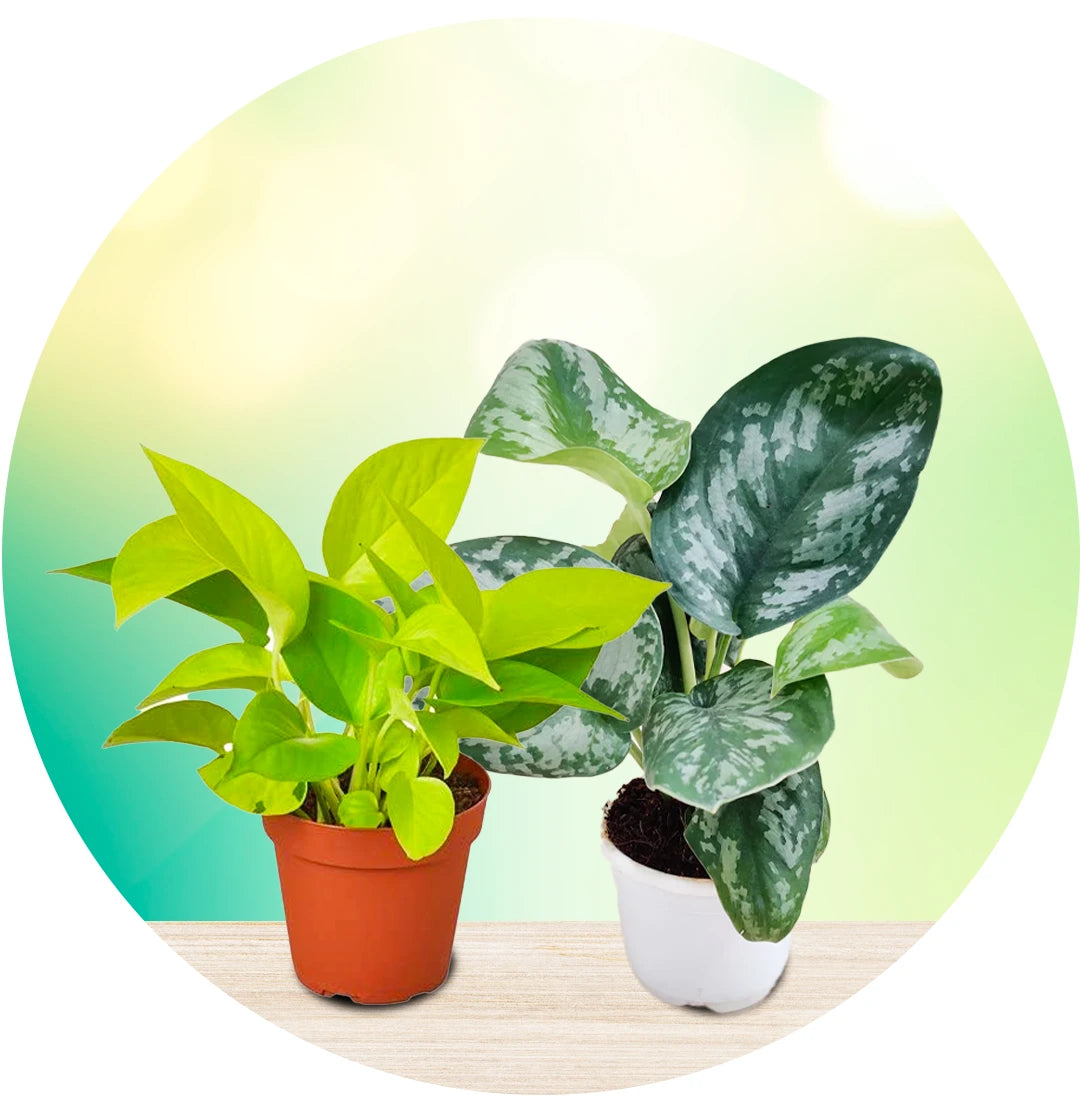
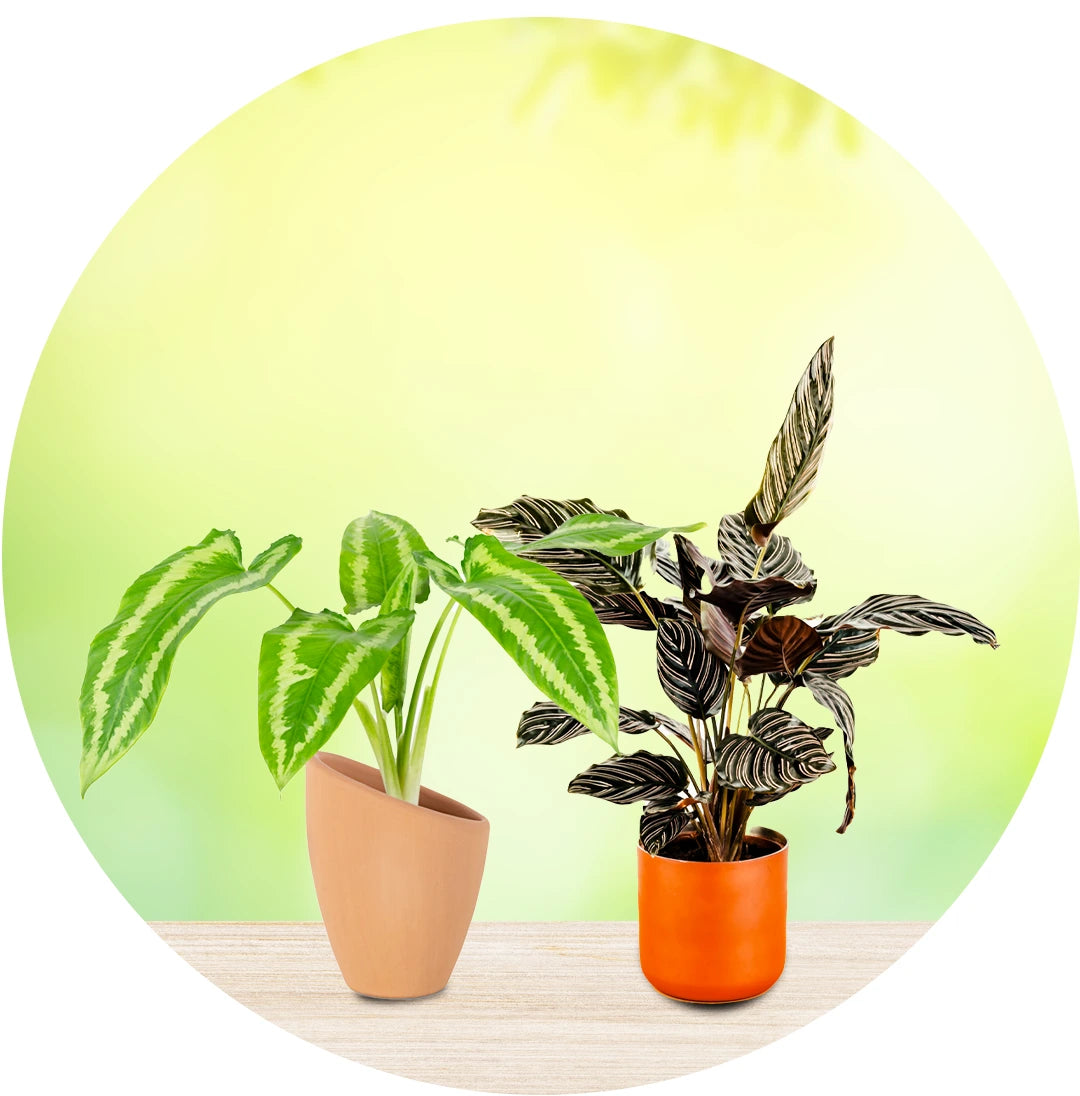
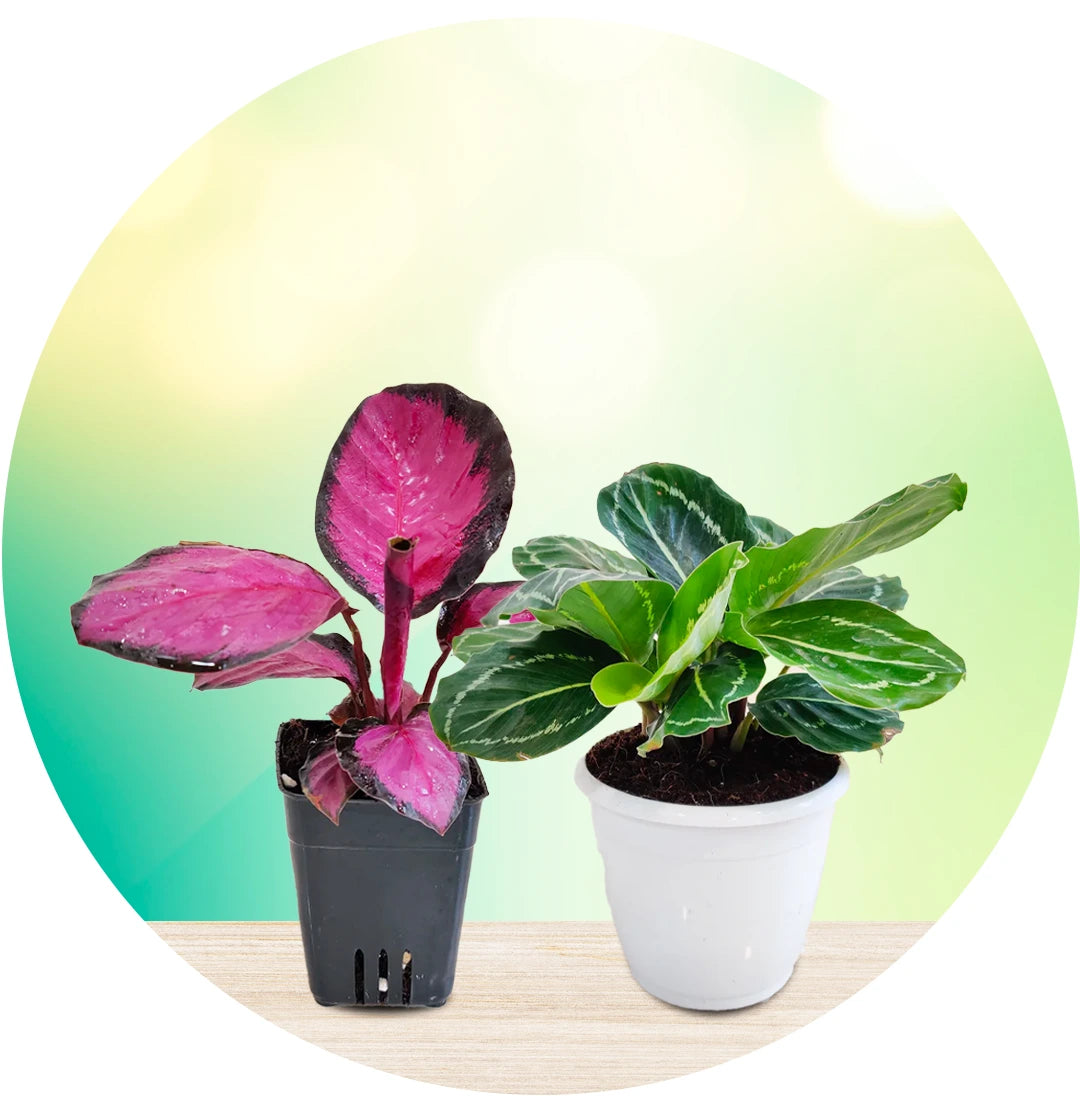
Leave a comment